I've always wanted to add some RCA Mono Line out to my humble CASIO MA-101 90's PCM synthesizer. It currently has 2 connectors: "9V DC in" and "headphones out".
On the internet I've seen some modders tapping out the wires of the output circuits, mainly getting signal from the mono speaker SIGNAL + GND combo. I've even seen some people adding a capacitor on one of the mono speaker wires, and then they derive this parallel tap onto a drilled mono RCA female output jack.
I still haven't decided about it (I've just added the RCA Mono output onto the plastic rear wall, and done nothing more). I can imagine tapping the mono speaker wires feels like an "emergency" way to get some mono output from them. So my question is: Without using a dedicated small amplifier pre made circuit, what should be "the proper" way to tap out a mono signal from the mono output sub-circuits (or even the speaker cables) of my synthesizer?.
I wouldn't like to use headphones output because when you connect something into it, (as the typical headphones jack it is), speaker output gets switched off.
BTW, I defend myself nicely using my soldering iron and adding components, so I'm not afraid of messing around with the current original circuit to add some passive component (R's C's, etc..) Note: The actual speaker inside my synthesizer is also CASIO branded one, with a 4 Ohm printed impedance.
Note 2: I've also taken some MOBO pics in case someone might peek and locate the proper output subcircuit. The sound generator chip is a typical one in the CASIO's from that era: OKI M6387-06 I think I've located some sort of amplifier IC on the MOBO, but I don't have the actual specs of it... I suppose that some pin on this IC will probably be the amplified mono output I might get some juice from.
Whatever, TL;DR: I want to add proper Mono "Line OUT" connection capabilites to my CASIO synth and any nice idea about where to tap this output signal from will be more than welcome.
Thanks
EDIT: Added some pics (not amazing quality, but I'll try to add new ones taken under direct sunlight). Preliminar tracing can be done
EDIT2: I've started to study the tracks on the mobo, and the input signal for the top right amplifier (Sanyo LA4138) seems to get into the IC AFTER being attenuated (or not) by the main volume slider (consisting of silly value R's)... That probably means there's a "pure" unamplified synthesizer IC output signal that enters into the main volume slider, that could be the one I'm interested in... But then this signal is not amplified, as is the original synthesizer IC output... Maybe adding some small amplifier IC/components might be the final mod I need. Once added, that new circuit should get the" pure non volume slider processed" signal from there, amplify it and then drive it directly to my RCA Line out jack... (Just speculating)
